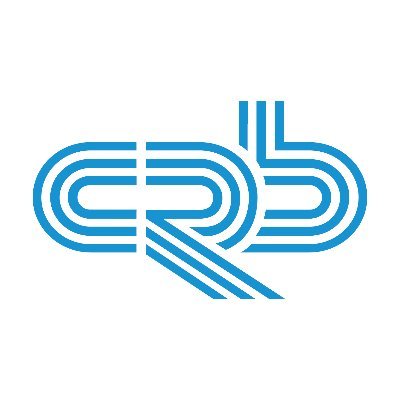At Serve Robotics, we’re reimagining how things move in cities. Our personable sidewalk robot is our vision for the future. It’s designed to take deliveries away from congested streets, make deliveries available to more people, and benefit local businesses.
The Serve fleet has been delighting merchants, customers, and pedestrians along the way in Los Angeles while doing commercial deliveries. We’re looking for talented individuals who will grow robotic deliveries from surprising novelty to efficient ubiquity.
Who We Are
We are tech industry veterans in software, hardware, and design who are pooling our skills to build the future we want to live in. We are solving real-world problems leveraging robotics, machine learning and computer vision, among other disciplines, with a mindful eye towards the end-to-end user experience. Our team is agile, diverse, and driven. We believe that the best way to solve complicated dynamic problems is collaboratively and respectfully.
Role Overview
Serve’s simulation platform plays a pivotal role in the continuous development of our autonomy stack. As a member of our team, you will play a key role in developing advanced simulation features including procedural generation tools, agent behaviors, and highly realistic rendering for robotics applications. These simulation environments will serve as critical platforms for training machine learning models. Leveraging the large volumes of multimodal data collected from our robots, you will help bridge the gap between real-world data and simulated environments, enabling effective real-to-sim transfer at scale.
Responsibilities
Simulation Bring-up: Lead the setup, configuration, and deployment of simulation environments for robotics testing and validation.
Worldbuilding Tools: Design and develop tools to generate highly realistic digital townscapes, including roads, sidewalks, vegetation, signage, and other urban elements.
Asset Integration: Create and integrate 3D assets that blend seamlessly into complex, real-world-inspired environments.
Unreal Engine Development: Utilize Unreal Engine 5 to build, optimize, and manage immersive simulation environments.
Synthetic Data Pipelines: Integrate simulation environments into workflows for generating large-scale training datasets for ML and robotics perception models.
Cross-Functional Collaboration: Partner with robotics engineers, ML researchers, and software developers to ensure simulation fidelity, scalability, and usefulness.
Continuous Improvement: Debug, test, and refine simulation environments for accuracy, realism, performance, and maintainability.
Qualifications
Bachelor’s degree in Computer Science, Robotics, Game Development, with 5+ years of experience in a related field.
Proven experience with Unreal Engine 5 for environment development and simulation.
Strong proficiency in 3D asset creation, scene composition, and environmental modeling.
Strong C++ skills for designing performant and maintainable systems.
Experience with Python for scripting, automation, and integration.
Ability to work cross-functionally and deliver results in a fast-paced robotics environment.
What Makes You Stand Out
Master’s degree in Computer Science, Robotics, Game Development, or a related field.
Understanding of computer vision, robotics simulation, or reinforcement learning workflows.
Knowledge of digital twins, synthetic data generation, or training-data pipelines.
Familiarity with tools such as Blender, Maya, or other 3D modeling software.
Strong portfolio showcasing realistic environment creation and asset integration.
Deep understanding of physics-based simulation for robotics (e.g., sensor simulation, collision modeling).
Prior work on synthetic data generation specifically for robotics perception models.
Hands-on experience with robotics simulation frameworks(NVIDIA Isaac Sim , CARLA, or Gazebo).
Contributions to open-source projects in robotics simulation, digital twins, or Unreal Engine.








